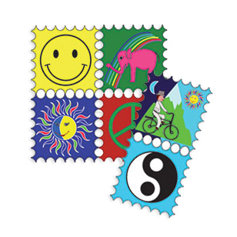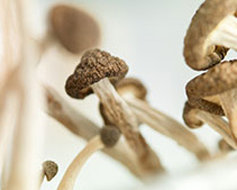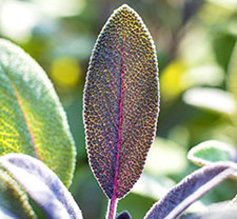The Health Risks of Hallucinogens
It’s likely that many people know that hallucinogens can have dangerous mental effects. What they many not realize is the many harmful physical effects these drugs can have as well. Before a person chooses to abuse drugs, they should know exactly what they are getting into.
This category of drugs includes both plant-based substances and products of the chemical lab. Dissociative drugs are similar in effects so are included in this report on health risks.
Definitions:
Hallucinogen - a drug that causes people to see or sense things or events that are not real.
Dissociative - this is a special class of hallucinogen that produces distortions of sight and sound plus feelings of detachment from the environment and even one’s own identity and thoughts.
Both types of drugs can cause people to become panicked, anxious and even psychotic while they are under the influence. It is impossible to be fully in control of the effect these drugs will have on you.
The drugs most commonly classified as hallucinogens:
- LSD
- PCP
- Psilocybin
- Mescaline
- Salvia
- Ketamine
- Dextromethorphan

LSD
This is the well-known “psychedelic” drug of the 1960s. The full name of this drug is d-lysergic acid diethylamide. It is derived from lysergic acid which is found in a fungus that grows on rye and other grains.
PCP
The full name of this chemical is phencyclidine. This is a drug that was developed and used as an anesthetic until patients experienced too many adverse effects from its use. Patients would come out of the anesthetic severely anxious and agitated, suffering from delusions and even psychosis.

Psilocybin
This chemical is present in certain types of mushrooms. The mushroom can be eaten in dry or fresh form or made into a tea or, since they are bitter, they may be added to other foods to mask the taste.
Mescaline
To obtain mescaline, a person would look for peyote buttons, a small type of cactus. This cactus is native to Mexico and southern parts of Texas. The buttons are chewed or soaked in water and the liquid is drunk. Powdered cactus may also be sold in capsule form.

Salvia
This is a type of sage, native to parts of Mexico. Usually, the leaves are smoked but they can also be chewed or the juices can be extracted into a liquid. While there are hundreds of kinds of sage, only Salvia divinorum has this intoxicating effect.
Ketamine
Ketamine was developed to replace the problematic PCP as an anesthetic. It was not long before the use of ketamine proved to have adverse effects as well. Patients suffered hallucinations, nightmares, loss of emotions and other problems. It is often used in veterinary medicine. In humans, it still has limited application because at anesthetic doses, it tends to deaden pain without suppressing breathing and heart rate as many other anesthetic drugs may.
Dextromethorphan (DXM)
This is an ingredient found in many popular over-the-counter cough medications. In very large doses, it brings about profound alterations in time perceptions and visual hallucinations.
These are the drugs we will be talking about as we look at the very serious risks to your health from abusing hallucinogens.
Resources:
 ®
®